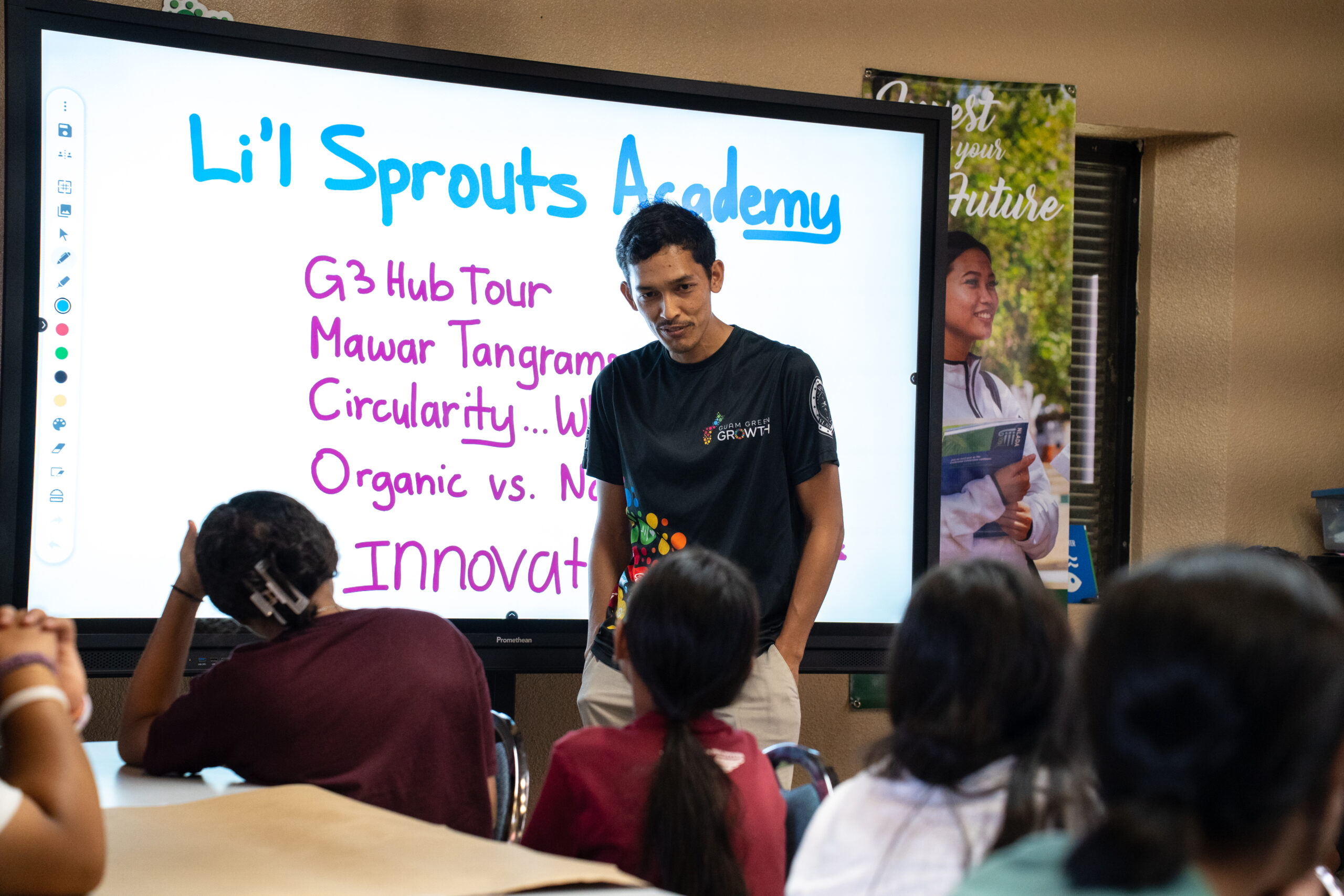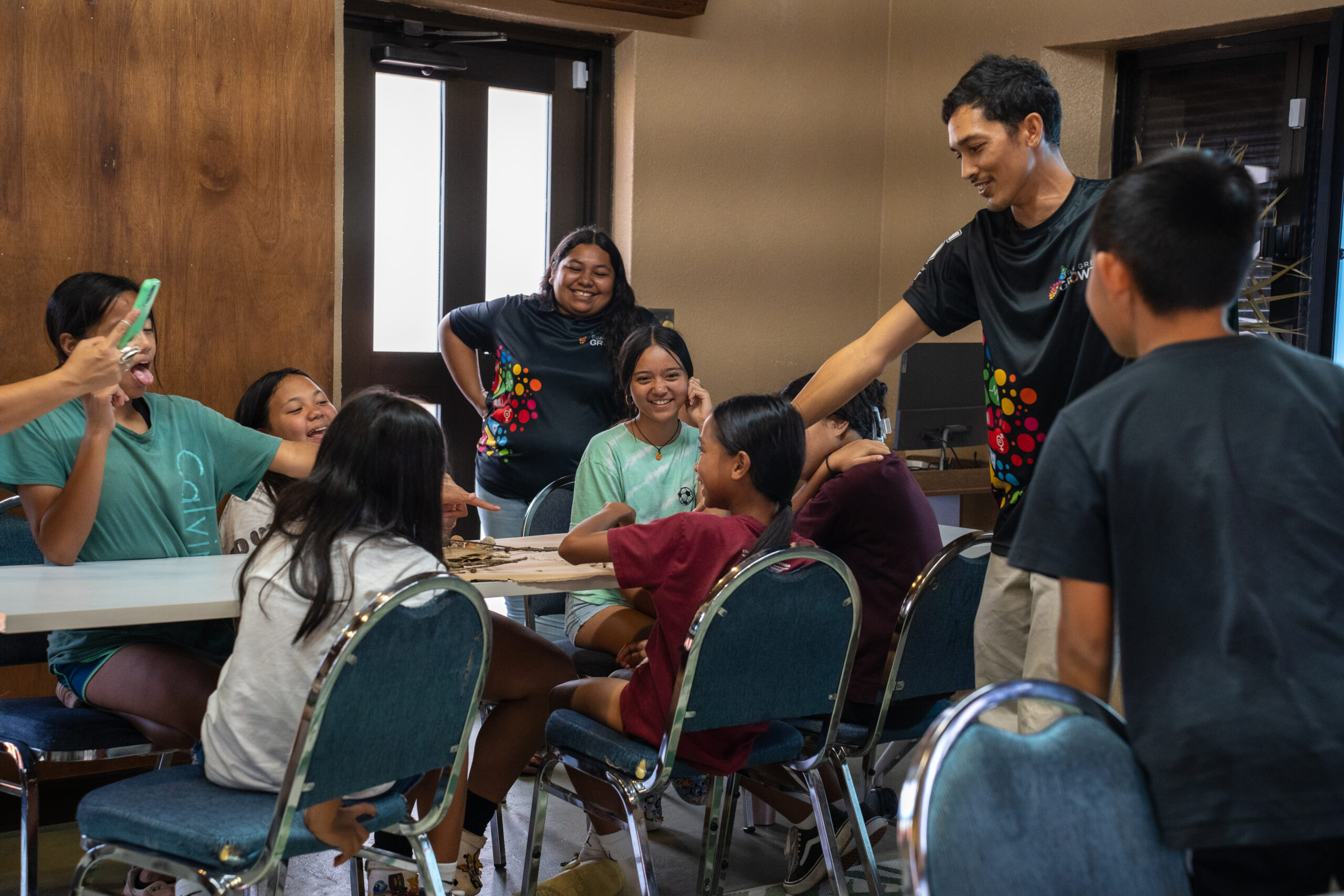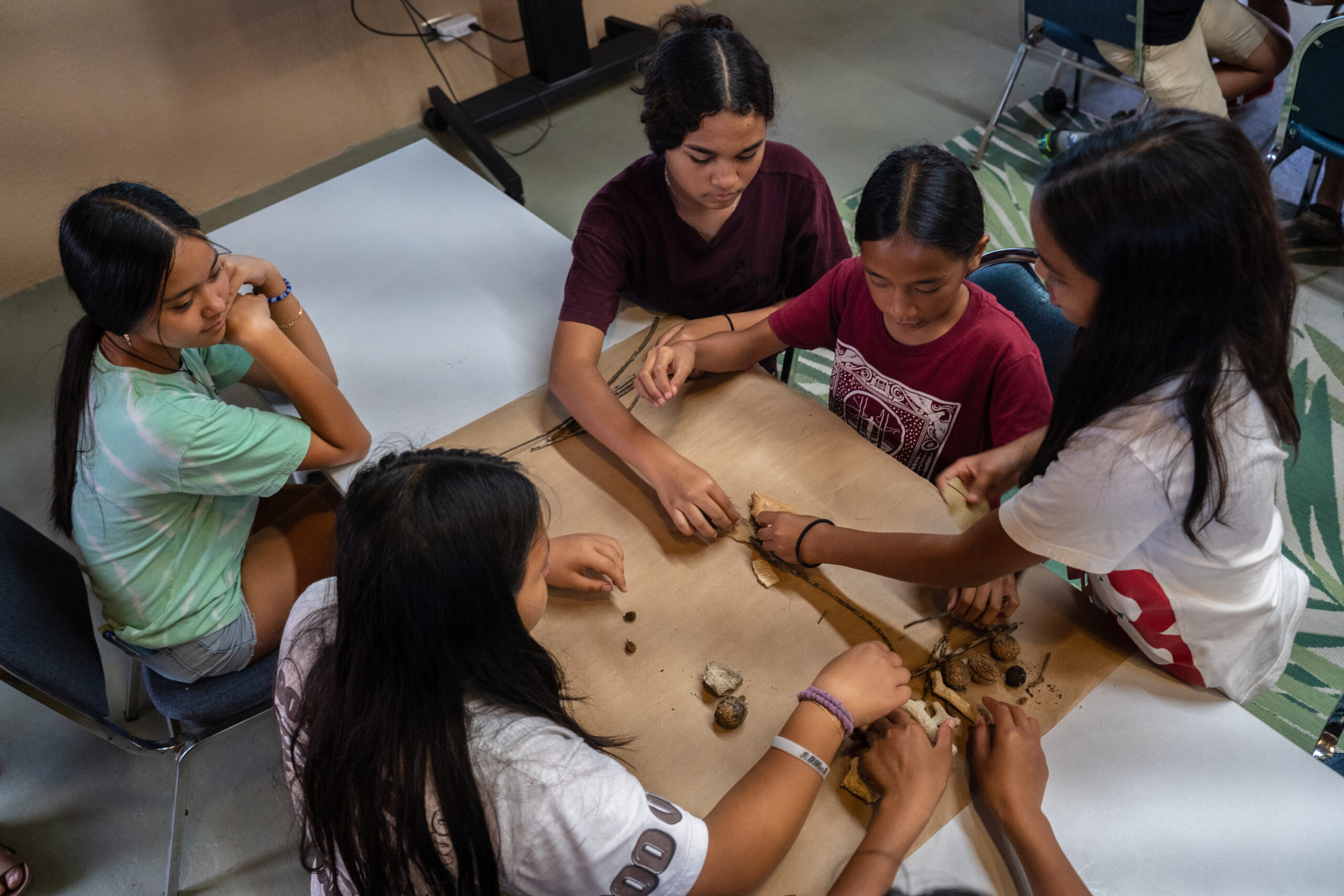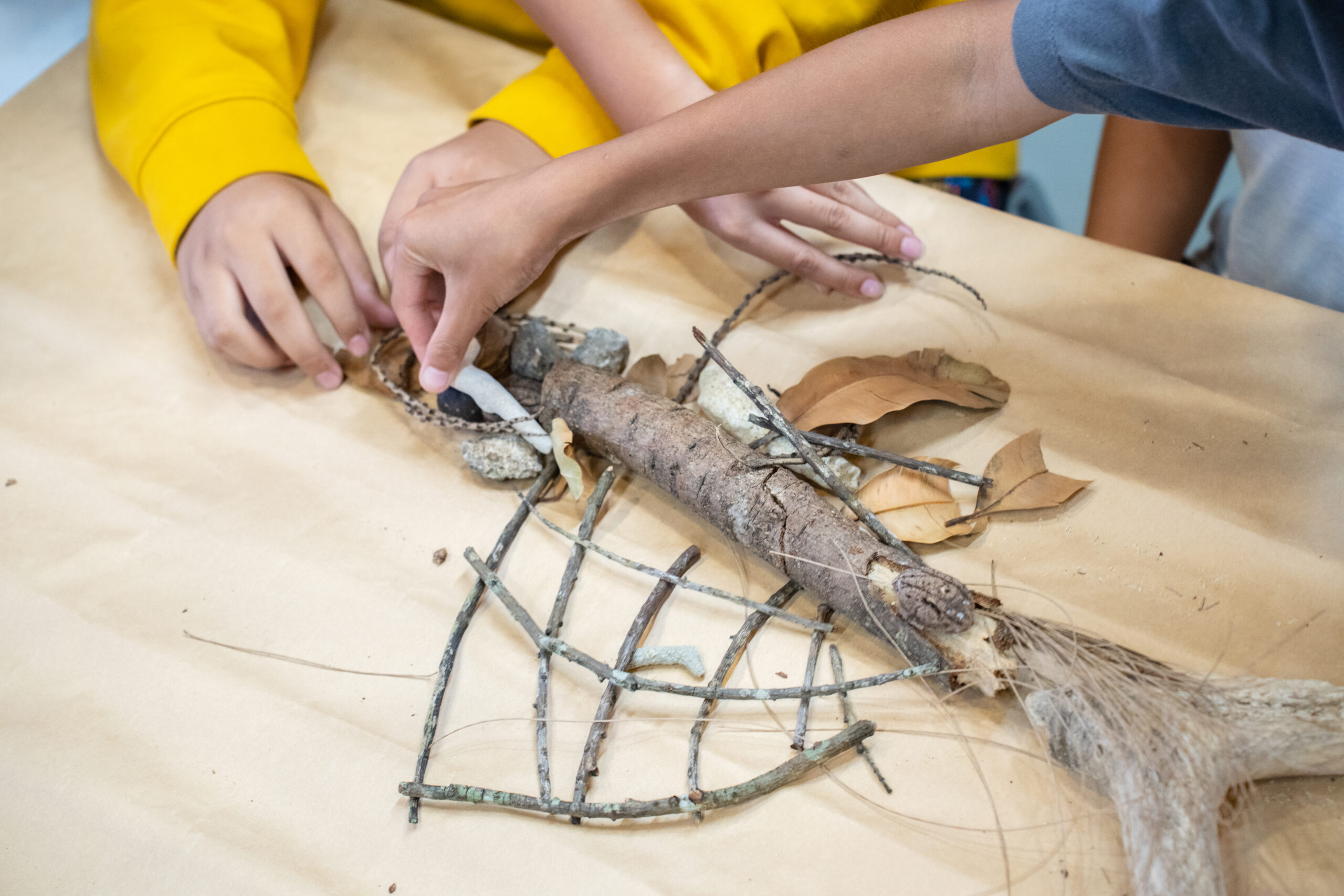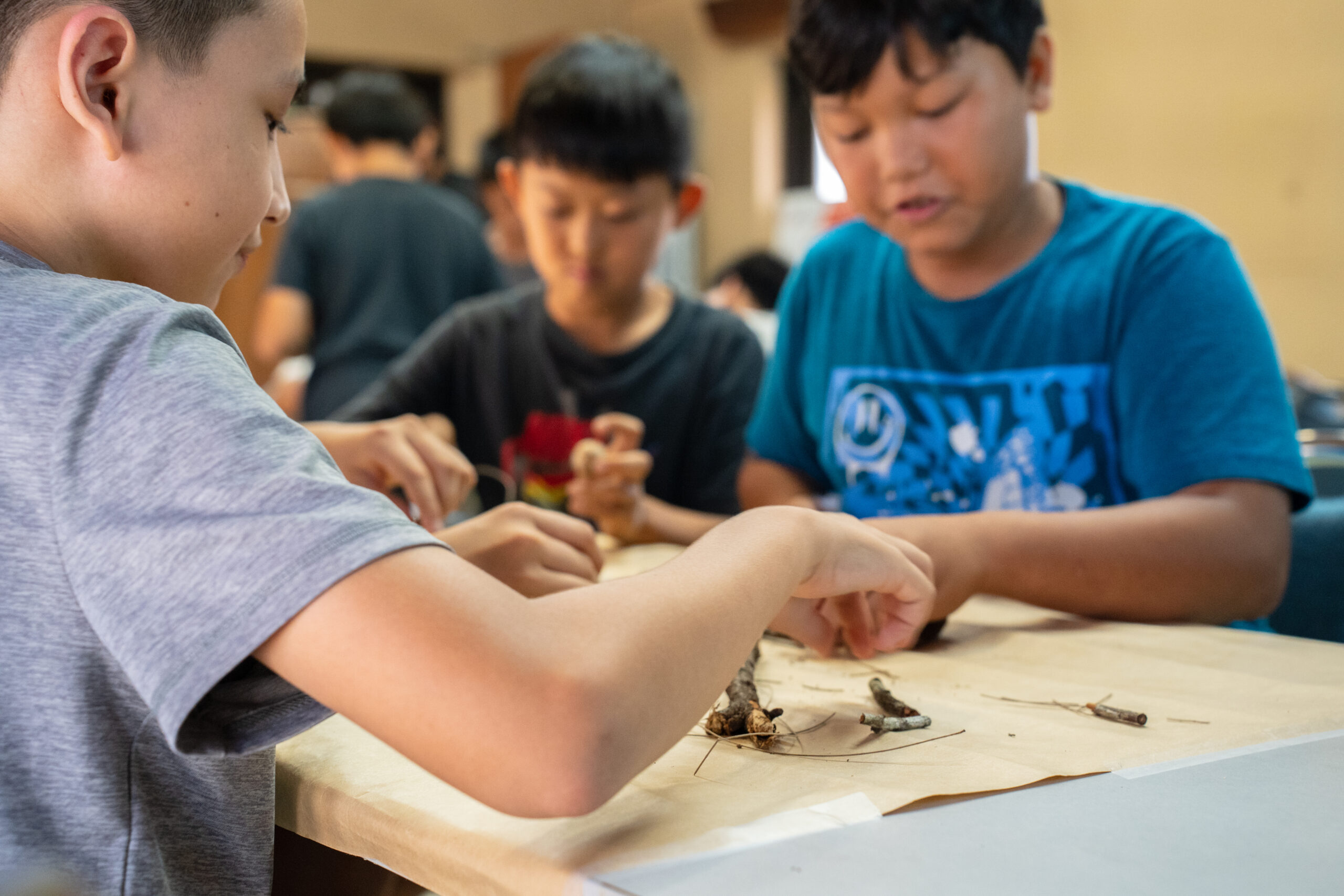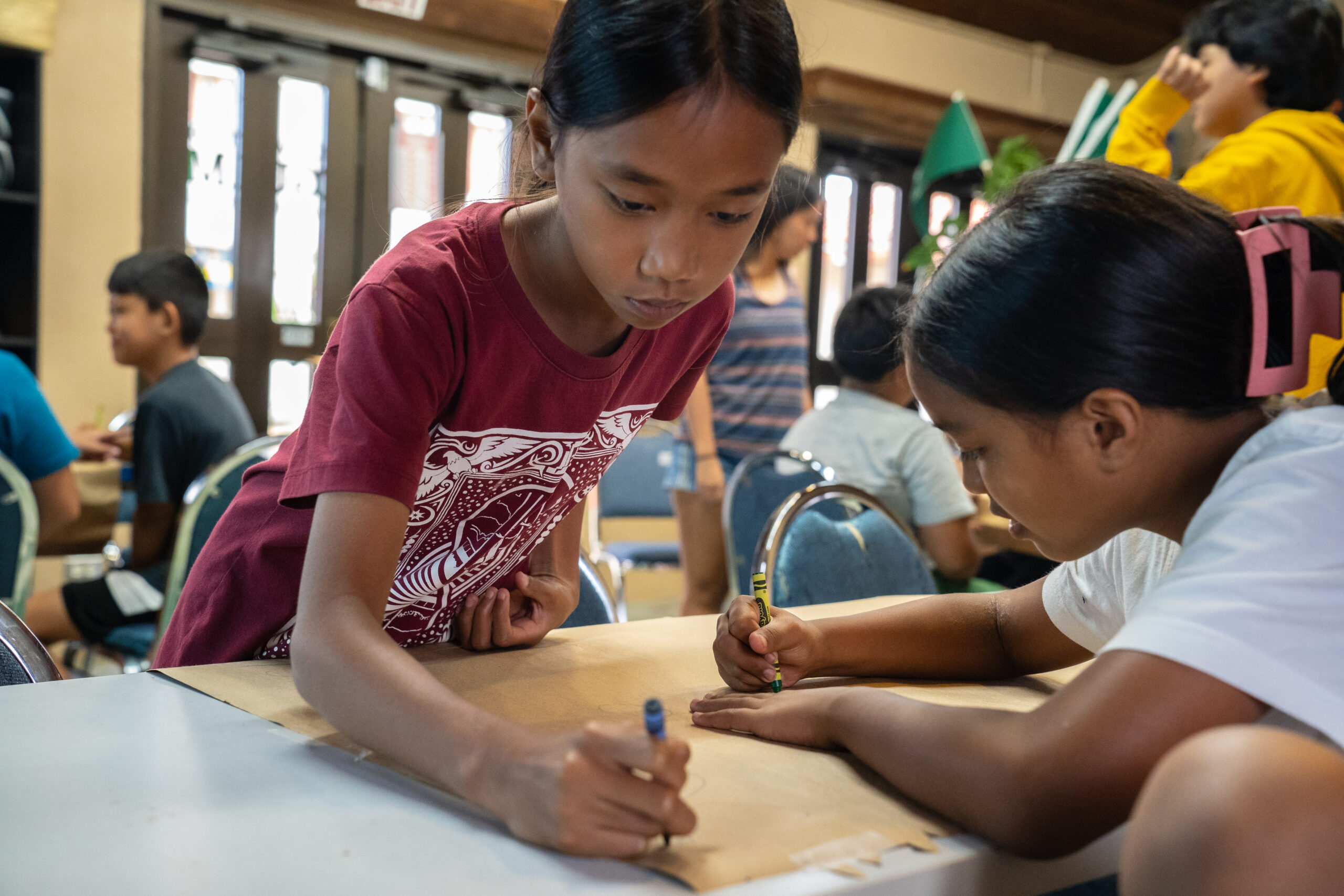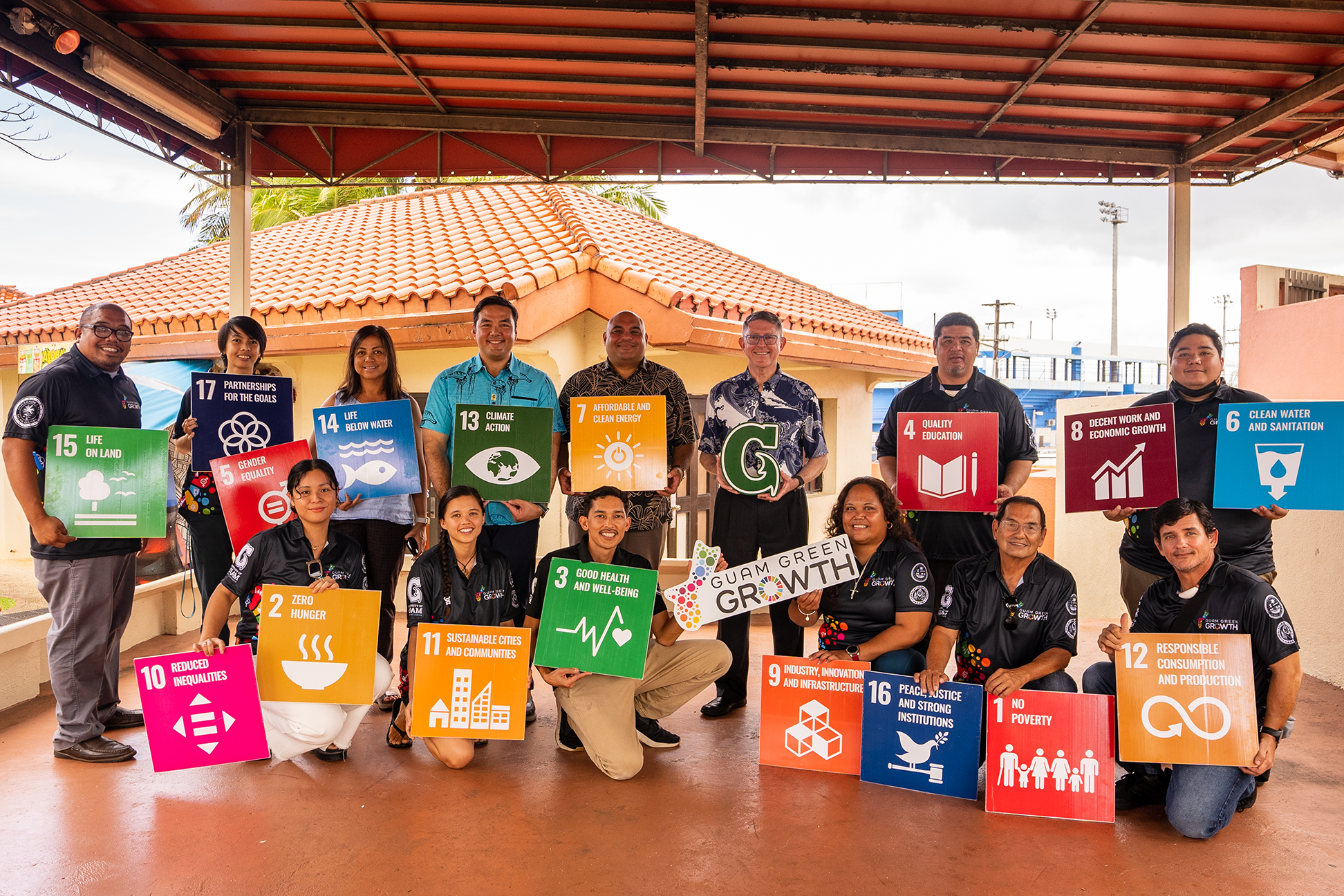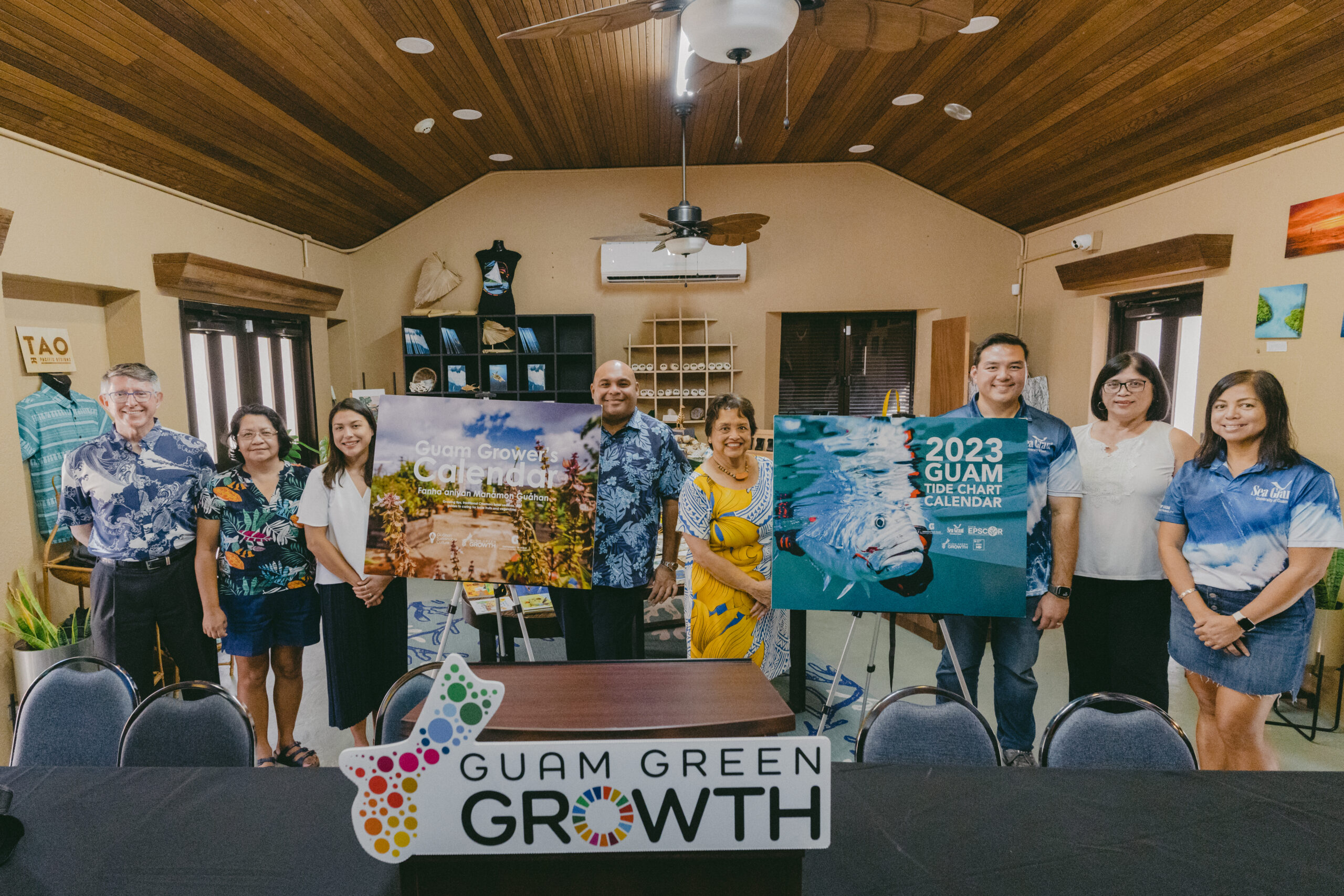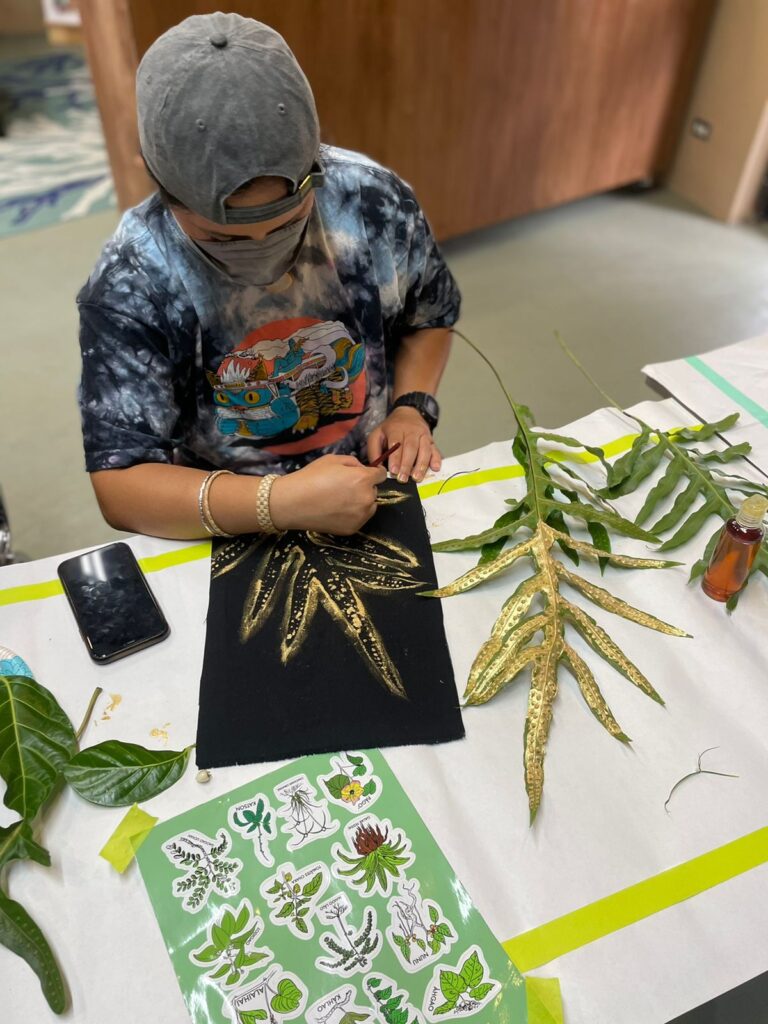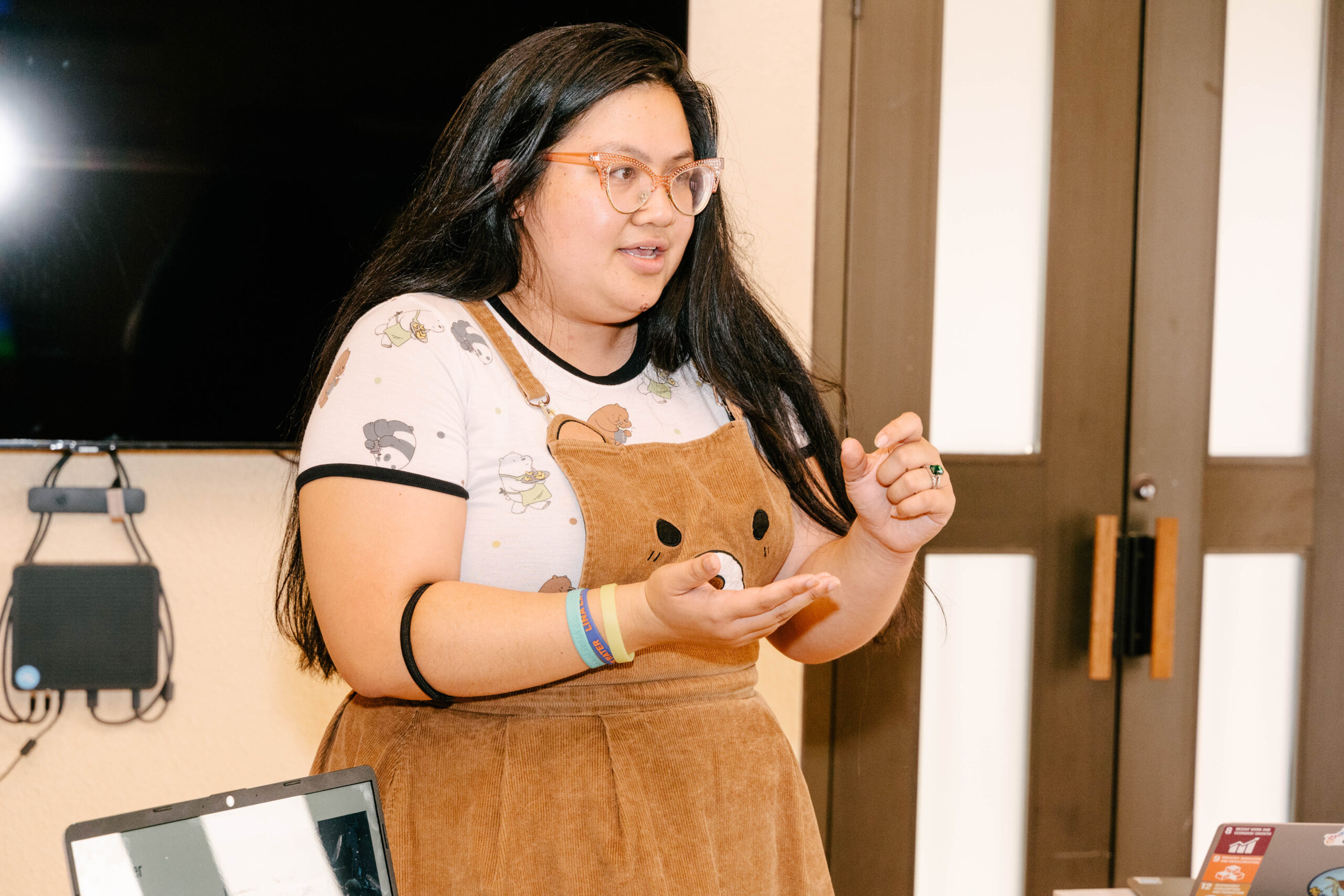The Guam Green Growth (G3) initiative and the University of Guam launched their inaugural Art Corps program at the G3 Makerspace and Innovation Hub. The G3 Art Corps aims to provide a platform for artistic expression while promoting island sustainability.
For the program’s first cohort, G3 selected eight talented artists to collectively design, plan, and execute public murals on Guam. These murals will highlight the island’s journey towards achieving sustainability by 2030, as outlined by the G3 Action Framework and the 17 United Nations Sustainable Development Goals.
The chosen artists include Ariel Dimalanta, Kamaka Aquino, Frank “Kie” Susuico, Corina Benavente, Baptist Bell, Ha’ani Bettis, Geraldine Datuin, and Lucille Ronquillo.
Dimalanta has decades of experience as an artist, sculptor, and publisher. While semi-retired, he decided to join the Art Corps to make a difference. “It is time to give back to the community,” he said.
Each artist will receive a stipend in exchange for participating in capacity-building activities and collaborating with the team to create the murals. For two years, two cohorts will paint 17 murals to disseminate the message of sustainability and sustainable development to a broader audience.
UOG Center for Island Sustainability and Sea Grant Director Austin Shelton stated that art is crucial for community engagement. “Today, we are bringing something new to the table; we have previously talked about Science, Technology, Engineering, and Math, Technology, Engineering, and Math before. That is about figuring out the science of our natural resources. But now we add an A in between. Art is important because this is the way that we can connect with our community.”
Meanwhile, UOG President Thomas Krise emphasized that the murals would encourage people to consider their environmental and sustainability impact. “This is another great G3 initiative,” he added.
Lt. Governor Josh Tenorio said that the project engages people and draws attention to the natural resources and beauty of the island, especially for younger generations.
The G3 Art Corps aligns with several UN SDGs, including Goal 4, which seeks to ensure inclusive and equitable quality education and promote lifelong learning opportunities for all, and Goal 11, which focuses on making cities and human settlements inclusive, safe, resilient, and sustainable.
The Governor’s Educational Assistance and Youth Empowerment Grant [Project Award S425H210004] provides support for the G3 Art Corps program.
The UOG Center for Island Sustainability was awarded $840,311.00 for the Guam Green Growth Education and G3 Circular Economy Makerspace and Innovation Hub program as part of the Governor’s Education Assistance and Youth Empowerment Grant Program.
About G3
The UOG Center for Island Sustainability facilitates Guam Green Growth, or G3, in cooperation with the Office of the Governor of Guam and the G3 Working Group, whose members represent all sectors of society. With the UN SDGs and G3 Action Framework as a guide, G3 develops tangible solutions to sustainability challenges and contributes to a green economy for the island region.

